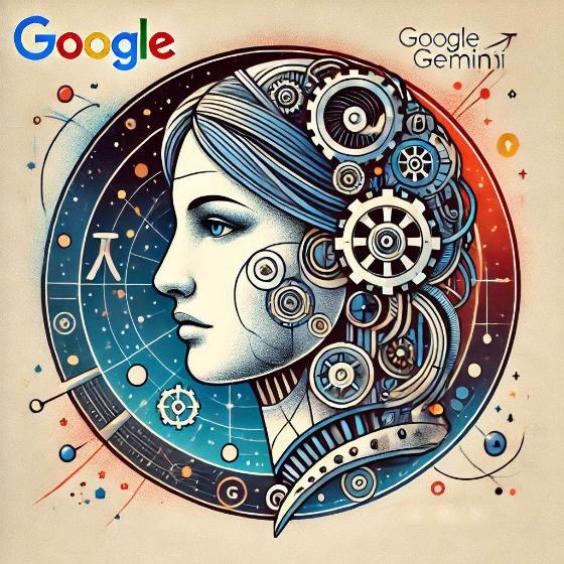Examples of Campaigns that Succeeded Thanks to Cultural Adaptation
In the world of marketing, cultural adaptation is key to the success of any advertising campaign. The ability to understand and respect cultural differences can make a brand stand out in a globalized market. In this article, we will explore some examples of campaigns that triumphed thanks to cultural adaptation.

Case 1: McDonald''''s in India
McDonald''''s is one of the largest fast food chains in the world, but when it arrived in India, it found a very different market than it was used to. The majority of the Indian population is vegetarian, and beef is taboo in many communities. To adapt to these cultural differences, McDonald''''s created a special vegetarian menu for India, which included options such as the "McAloo Tikki" (a potato and pea sandwich) and the "McVeggie Burger". This strategy allowed the brand to connect with Indian consumers and establish itself as a viable option in the market.
Case 2: Nike in China
Nike is one of the most recognized sports clothing brands in the world, but when it arrived in China, it found a very competitive market. To stand out, Nike decided to adapt its marketing strategy to Chinese culture. The brand created an advertising campaign that focused on the importance of family and community in Chinese culture. The campaign included ads that showed young Chinese people practicing sports with their families and friends, and that highlighted the importance of loyalty and respect in Chinese culture. This strategy allowed Nike to connect with Chinese consumers and establish itself as a leading brand in the market.
Case 3: Coca-Cola in Mexico
Coca-Cola is one of the most recognized brands in the world, but when it arrived in Mexico, it found a very different market than it was used to. The majority of the Mexican population prefers fruit and spice-flavored beverages, and classic Coca-Cola was not sweet enough for the Mexican palate. To adapt to these cultural differences, Coca-Cola created a special version of its soda for Mexico, which included a sweeter flavor and a touch of lemon. This strategy allowed the brand to connect with Mexican consumers and establish itself as a viable option in the market.
Case 4: IKEA in Saudi Arabia
IKEA is one of the largest furniture stores in the world, but when it arrived in Saudi Arabia, it found a very different market than it was used to. The majority of the Saudi population is Muslim, and religion plays an important role in daily life. To adapt to these cultural differences, IKEA decided to create a special catalog for Saudi Arabia, which included images of women wearing veils and that highlighted the importance of family and community in Saudi culture. This strategy allowed IKEA to connect with Saudi consumers and establish itself as a viable option in the market.
Cultural adaptation is key to the success of any advertising campaign in a globalized market. By understanding and respecting cultural differences, brands can connect with consumers and establish themselves as viable options in the market. The examples of McDonald''''s in India, Nike in China, Coca-Cola in Mexico, and IKEA in Saudi Arabia demonstrate that cultural adaptation can be the key to success in a globalized market.
What can we learn from these examples?
- The importance of understanding and respecting cultural differences in a globalized market.
- The need to adapt the marketing strategy to local culture.
- The importance of connecting with consumers and establishing oneself as a viable option in the market.
By applying these lessons, brands can succeed in a globalized market and establish themselves as leaders in their industry.






